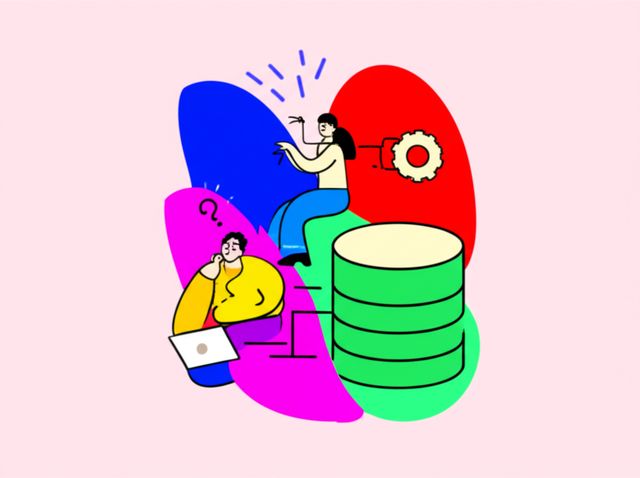Database Modeling
Database modeling is the process of creating a visual representation of a database. This representation is used to communicate the structure of the database to other stakeholders, such as developers, analysts, and users. Database modeling can be used to design new databases, or to document existing databases.
Why Learn Database Modeling?
There are many reasons why you might want to learn database modeling. Some of the most common reasons include:
- To communicate the structure of a database to others. Database models are a valuable way to communicate the structure of a database to other stakeholders. This can be helpful for developers who need to understand the database in order to write code, analysts who need to understand the data in order to create reports, and users who need to understand the database in order to use it effectively.
- To design new databases. Database models can be used to design new databases. By creating a visual representation of the database, you can identify potential problems with the design and make changes before the database is actually created.
- To document existing databases. Database models can be used to document existing databases. This can be helpful for understanding the structure of the database, for identifying potential problems, and for making changes to the database in the future.
How to Learn Database Modeling
There are many ways to learn database modeling. One of the most common ways is to take an online course. Online courses can provide you with the flexibility to learn at your own pace and on your own schedule. They can also provide you with access to expert instructors and resources.
If you are interested in learning database modeling, there are many online courses available. Some of the most popular courses include:
- SQL Tutorial: Learn SQL with MySQL Database - Updated (2024)
- The Complete Database Design & Modeling Beginners Tutorial
- Building Web Applications in Django
- Database Creation and Modeling using MYSQL Workbench
- Building Web Applications in Django
- Advanced Data Modeling
- Practical Database Design - Blog Schema
These courses can provide you with the skills and knowledge you need to create and use database models.
Careers in Database Modeling
Database modeling is a valuable skill for many different careers. Some of the most common careers that require database modeling skills include:
- Database administrator
- Data analyst
- Software developer
- Business analyst
- Data scientist
These careers can provide you with a wide range of opportunities to use your database modeling skills. You can work in a variety of industries, including healthcare, finance, and technology.
Online Courses vs. Traditional Courses
Online courses are a great way to learn database modeling. They offer a number of advantages over traditional courses, such as:
- Flexibility: Online courses allow you to learn at your own pace and on your own schedule.
- affordability: Online courses are often more affordable than traditional courses.
- Accessibility: Online courses are available to anyone with an internet connection.
- Variety: There are a wide variety of online courses available, so you can find one that fits your learning style and needs.
However, online courses are not always the best option. If you need to learn database modeling quickly, or if you need a lot of hands-on experience, then a traditional course may be a better option.
Conclusion
Database modeling is a valuable skill for many different careers. It can be used to communicate the structure of a database to others, to design new databases, and to document existing databases. If you are interested in learning database modeling, there are many online courses available that can help you get started.


